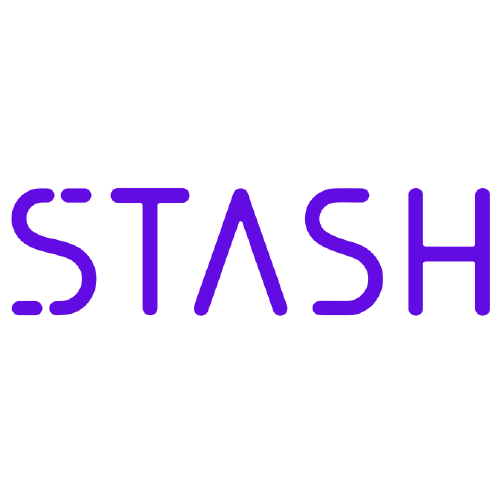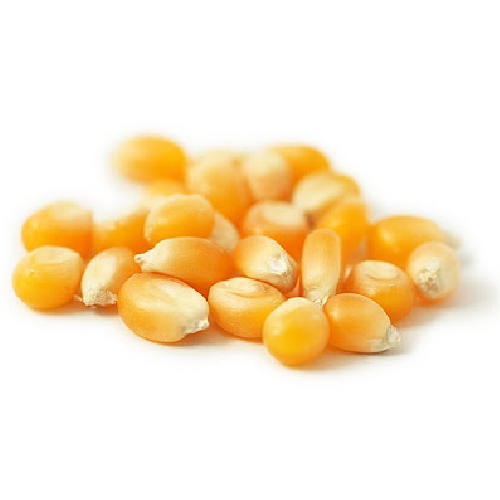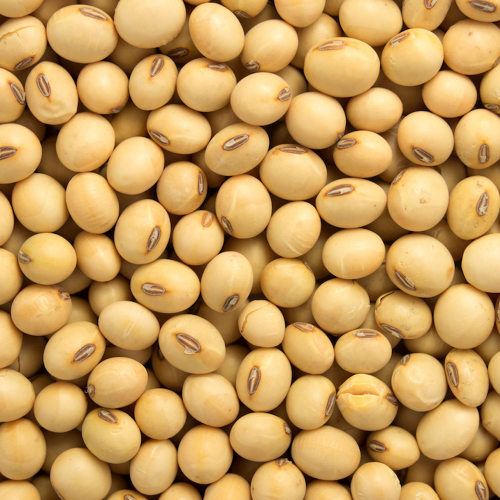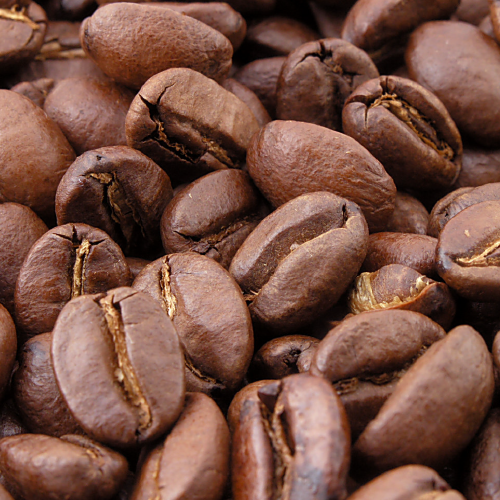Soy beans are widely used, high in protein and inexpensive to produce. The main producers are the US, Brazil, China, Argentina and India.
Besides their basic use, soy beans are also instrumental in the production of:
- Animal feed
- Meat substitutes
- Soybean oil
- A substitute for milk
- Biodiesel
Factors that may affect the price of soy beans include weather conditions, demand for the products that soy beans are used to create, and the price of the US dollar.
Soybeans – What are they?
Soybeans are a type of legume. They have been being cultivated in East Asia for over 5000 years but weren’t introduced into the Western world until the 20th Century.
They’re an excellent source of protein and are used to create many other food products, such as tofu, tempeh, shoyu, miso, and soy milk. Immature soybeans are also eaten fresh in a Japanese dish known as ‘edamame’.

Soybeans, and products derived from soybeans, are important commodities in today’s global marketplace.
How are they Grown?
Soybeans are cultivated in similar conditions to corn and, therefore, compete with corn for acreage. Farmers often begin the planting season with a choice on whether they should plant corn or soybeans.
To make this decision, they look at the current futures price for each grain and compare the ‘corn-soybean spread’ – the ratio between the price of corn and the price of soybeans.
Once they’ve decided to grow soybeans, they plant the seeds in rows. These can then take up to a week to sprout into plants.
Financial Trading is not suitable for all investors & involved Risky. If you through with this link and trade we may earn some commission.
The Many Uses of Soybean
Whilst many people eat soybeans or food that contains soy, particularly in countries across Asia, only a small fraction of the soybeans that are produced each year are used for this purpose. The vast majority of soybeans – almost 75% of them – are actually used as animal feed.
Here are some other ways in which we use soy:
- Oil
Soybeans are made up of around 18% oil. This is extracted to create soybean oil, which is then used as an ingredient in many different dishes and as cooking oil. Once the oil is extracted, the leftover soybean meal is used as animal feed.
- Biofuel
Around 2% of soy production is used to create biofuels. Corn is still much more frequently used in the production of biofuels than other grains, but interest in soy for this purpose is growing.
- Crayons
Soy crayons are a non-toxic alternative to regular crayons that are usually made with petroleum.
- Other Uses
Soy is also used in the production of candles, particleboard, biocomposites, inks, lubricants, foams and other products.
Soybean Market
The global market for soy has been rising steadily for the past few years and there are a few reasons for traders to have a positive outlook on the soybean market in the years to come.
Transparency Market Research predicts that the value of the global soybean market will grow from $146.23 billion to $215.746 billion between 2017 and 2025.
As developing economies such as China grow wealthier, more and more people will likely increase their meat consumption and turn to healthier food. The soy market stands to gain from both of these trends due to the use of soybeans as livestock feed as well as their associated health benefits.
Also serving to increase demand is the growing awareness of these health benefits. However, if consumer opinion on the health front changes, this may spell out bad news for soybeans.
Supplies in the future could also be affected by climate change trends which influence weather patterns and the production of soybeans and other crops.
The USDA publishes a quarterly report which provides important information for traders about the current soybean market, such as changes in stocks.
Soybean Trading
There are many ways to invest in soybeans, including through soybeans shares, soybeans CFDs, soybeans ETFs, soybeans futures, and soybeans options futures.
The price of soybean often moves alongside the price of other agricultural commodities. Therefore, traders often bet on soybeans in relation to these other agricultural commodities through spread trades, in which two different soybean futures contracts are simultaneously bought and sold.
Soybean Finance
Two of the most common means of financing soybeans for traders are receivables finance and secured financing.
Receivables are any amounts owed to a company and are regarded as assets. In receivables financing, a trader or company will use payments owed to them to secure finance.
Soybean futures are an easy, liquid tool for speculating or hedging against price movements for one of the world’s most widely grown crops. Seek rewards, manage risks and diversify your portfolio. Our global contracts enable you to trade around the new crop of the northern hemisphere in November and the South American new crop in May.
Chicago soybeans futures sank to below $13 a bushel, close to levels not seen since December 2020 on raising oversupply concerns as inventories have been piling after extreme weather damaged exporting facilities in the US, adding to the already weak demand outlook. Hurricane Ida’s passage near the Mississippi river halted traffic and caused power outages as well as damage to grain elevators and port terminals. Earlier this month, the Environmental Protection Agency recommended reducing federal biofuel blending mandates below 2020 levels.
Soybean Suppliers and Producers
The global production of soybeans is dominated by the three largest producing countries. Together, these countries produce over 80% of the annual global yield.
The US, which produces around a third of the global supply of soybeans, is the number one producer of soybeans worldwide and produces around 108 million metric tons each year. Brazil comes in at a close second-place, producing around 87 million metric tons each year; and Argentina is third, with around 53 million metric tons produced each year.
Other regions which produce a significant number of soybeans are China, India, Paraguay, Canada, Mexico and the EU.
Soybeans Futures are available for Trading in The Chicago Board of Trade (CBOT® ). The United States, Brazil, Argentina and Paraguay are the biggest producers and exporters of soybeans in the world, concentrating more than 80% of total production and 90% of total exports. China is the biggest importer of soybeans (60% of total imports) followed by the European Union, Mexico, Japan and Taiwan.
The Soybean market prices displayed in Trading Economics are based on over-the-counter (OTC) and contract for difference (CFD) financial instruments. Our market prices are intended to provide you with a reference only, rather than as a basis for making trading decisions. Trading Economics does not verify any data and disclaims any obligation to do so.
Financial Trading is not suitable for all investors & involved Risky. If you through with this link and trade we may earn some commission.
Myanfx-edu does not provide tax, investment or financial services and advice. The information is being presented without consideration of the investment objectives, risk tolerance, or financial circumstances of any specific investor and might not be suitable for all investors.



















